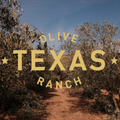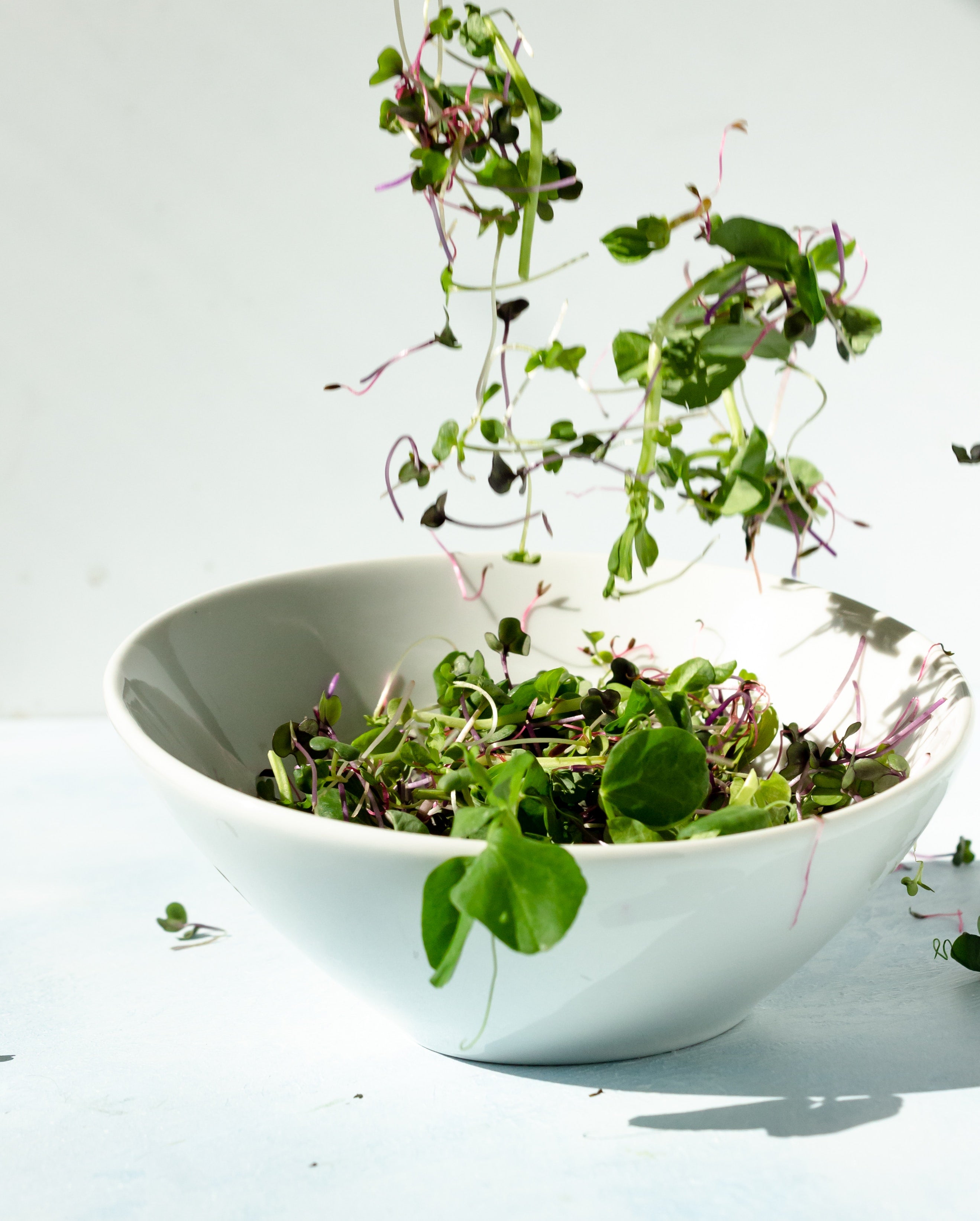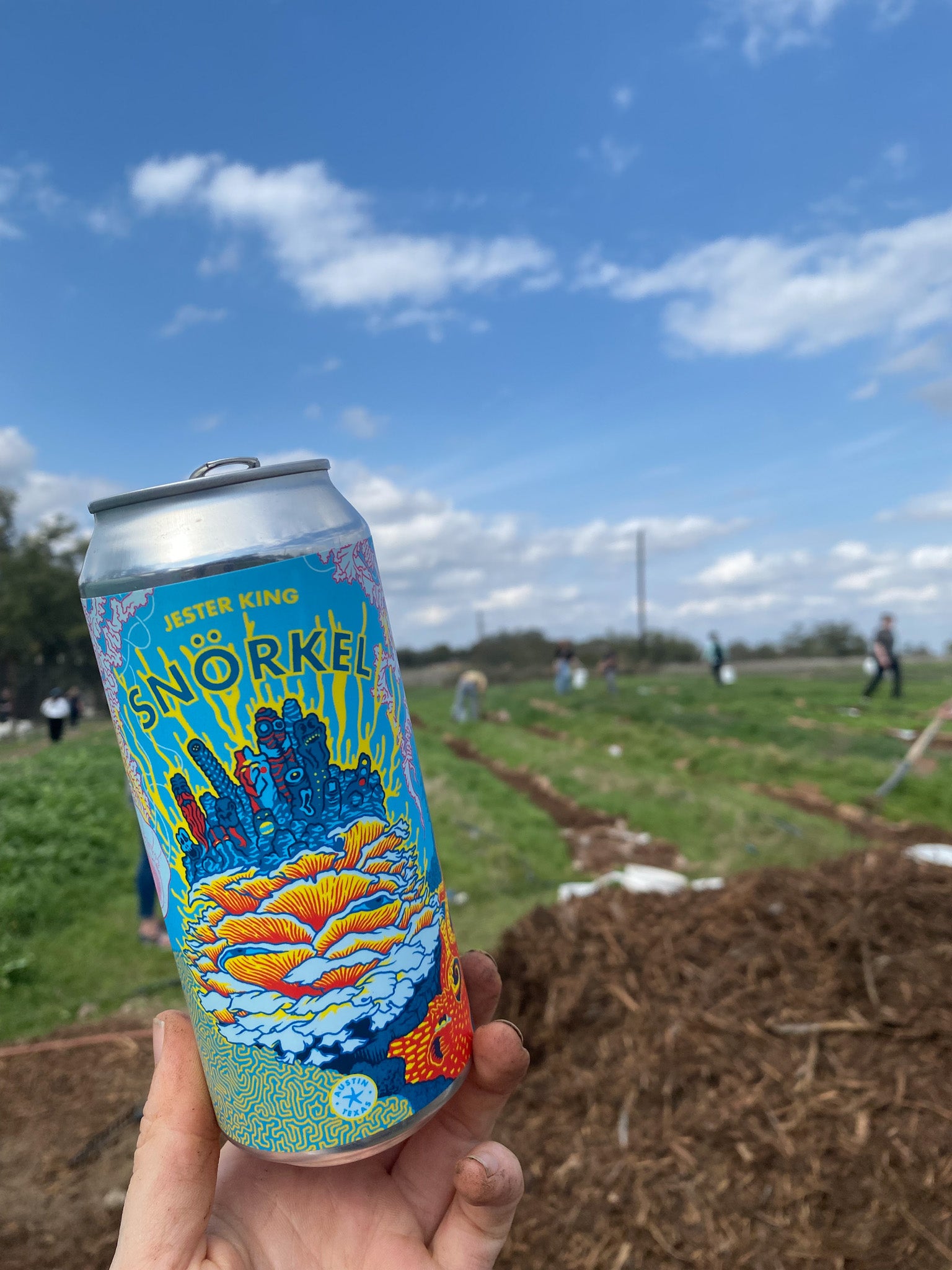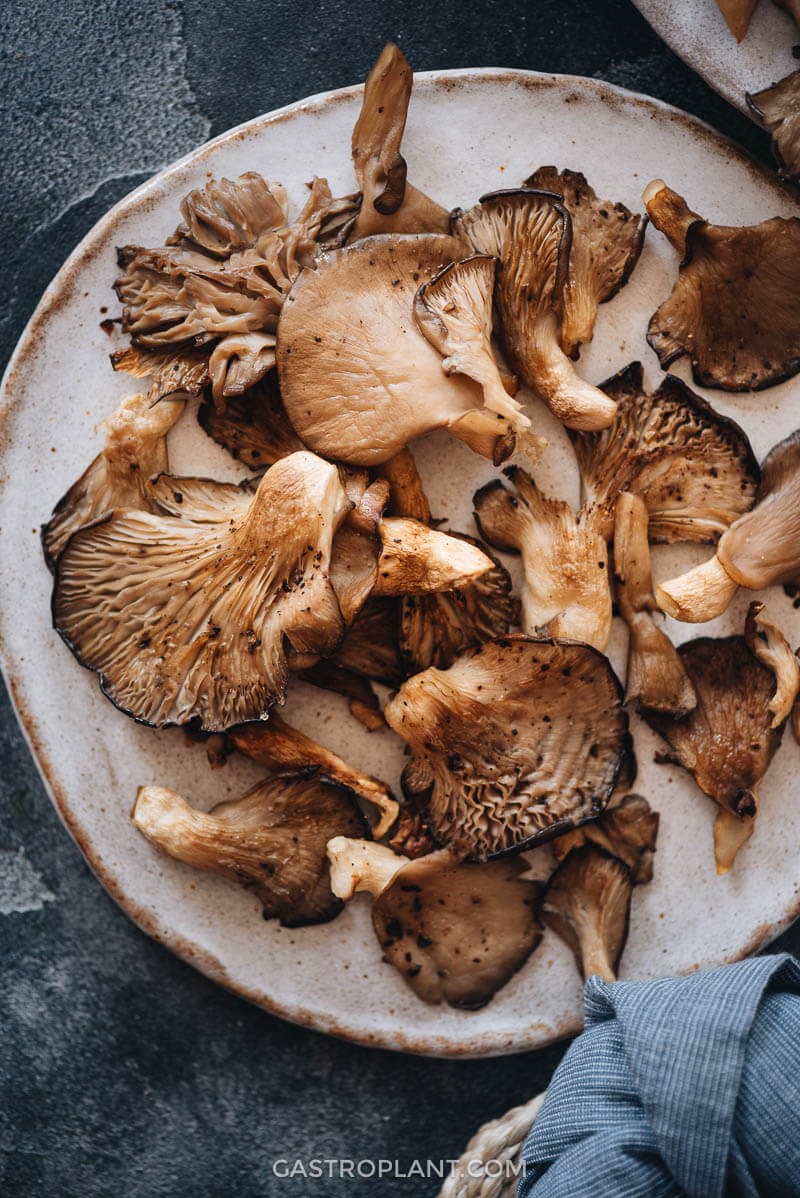The Truth in an Olive Oil Market of Deception


Food fraud may sound like a crime only committed by fictitious characters like the Hamburglar, but in actuality, it’s a serious issue in the United States. The term refers to manufacturers misleading consumers by selling them a sub-par product for greater profits. Ingredients such as milk, honey, and saffron are often fraudulently sold, but one product most commonly mislabeled is extra virgin olive oil.
The fact is, the United States Food and Drug Administration does not provide clear outlines and requirements for olive oil producers regarding the labeling of quality. Any kind of labeling you may see on your bottle of EVOO are voluntary, therefore susceptible to falsehoods. Just because a label says it is “pure” or “extra virgin” doesn’t make it so. In 2010, the University of California-Davis tested olive oils found on supermarket shelves and found that 69% of the imported oil did not qualify to be labeled extra virgin olive oil.
Three ways manufacturers try to pass substandard olive oils as “extra virgin”:
- They dilute a small amount of pure extra-virgin olive oil with cheaper vegetable oils such as soybean or sunflower oil.
- They mix low-quality olive oil with a small amount of high-quality and pass it off as real.
- They make it using old, rancid stocks of oil leftover from who knows when.
True Olive Oil is Created with Lots Of Work and Care
Regular, low-quality olive oil will use chemicals and industrial refining that ruins the taste, texture, and health benefits. Real authentic extra virgin olive oil can only be made through a laborious process. After olive harvest, it starts by pressing the fruits to extract the oil. Only the choicest of olives are used in the process, and the maker must monitor every step of production carefully. Many producers will press olives multiple times to create a larger yield of olive oil. This results in a much lower quality and pureness of the oil.
At Texas Olive Ranch, to create extra virgin olive oil, we only press our olives once. We also do this "cold" so there's no added heat to interfere with the natural oil produced. Overall, the process is tedious and difficult, but it’s the only way to get the highest quality olive oil to your table.

Crafting The Highest Standard of Extra Virgin in Texas
To be considered extra virgin, olive oil must have less than 1% oleic acid content. The less oleic acid, the better it is.
According to the California Olive Council, oleic acid contents for extra virgin olive oil are anything below .5%. The USDA recommends anything under .8%. A recent analysis of Texas Olive Ranch Extra Virgin Olive Oil found an oleic acid ration of .15%-- almost 7 times above the standard of 1%.
In addition to oleic acid content, olive oil is tested for its peroxide value. This checks the amount of oxidation the product has experienced-- the less oxidation, the fresher the product. The California Olive Council sets the standard at anything below 15 meq/kg while the USDA says below 20. Texas Olive Ranch oils test at 8 meq/kg, once again testing way above and beyond the standards.
Suffice to say, when you go with Texas Olive Ranch olive oils, you know you’re getting the real deal. When you use honest cold-pressed extra virgin olive oil, you reap the many health benefits of the food while enjoying the fresh, bold flavor olive oil is supposed to have. Get authentic olive oil from your home right here.








